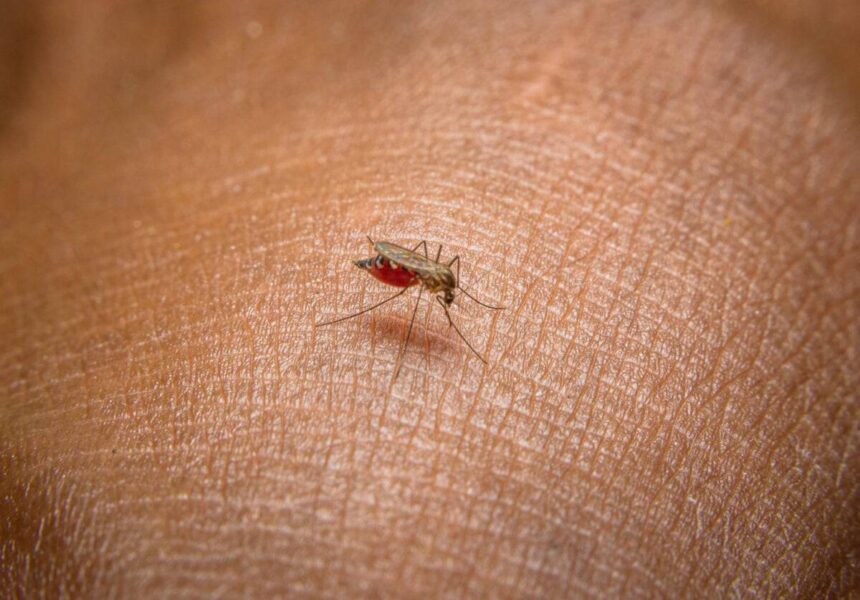Malaria Alert in Limpopo as Heavy Rains Increase Risk
The recent heavy rains in Limpopo have raised concerns about the increased risk of malaria transmission in the province. The Limpopo Department of Health is urging residents to take preventive measures to curb infections.
According to department spokesperson Kapudi Moagi, the stagnant water from the rains creates breeding grounds for mosquitoes, which are carriers of the Plasmodium parasite that causes malaria.
Understanding Malaria Transmission
Malaria is a deadly disease that presents symptoms such as fever, chills, headache, nausea, and body aches. These symptoms typically appear 10 to 15 days after being bitten by an infected mosquito.
Despite efforts to reduce malaria-related morbidity and mortality, the province remains vulnerable to malaria epidemics, especially after periods of heavy rainfall. In the previous year, there were 557 confirmed malaria cases and three reported deaths.
Preventive Measures and Decrease in Cases
The department has been actively implementing an indoor residual spraying program to reduce mosquito populations and malaria transmission. Community participation is crucial, with over 1.16 million houses being sprayed by 355 seasonal community workers in the last financial year.
To further strengthen prevention efforts, the department plans to increase the number of spray workers to 400 in the upcoming fiscal year. This expansion aims to provide broader coverage, especially in high-risk regions, before the peak holiday season.
Residents are urged to allow malaria control personnel to spray their homes, use insect repellent, wear protective clothing, and sleep under mosquito nets. Travelers to and from malaria-endemic areas are advised to take prophylactic medication to reduce the risk of infection.
If feeling unwell after traveling to a malaria-endemic area, individuals are encouraged to seek immediate medical attention and inform healthcare providers about their travel history for prompt treatment.








